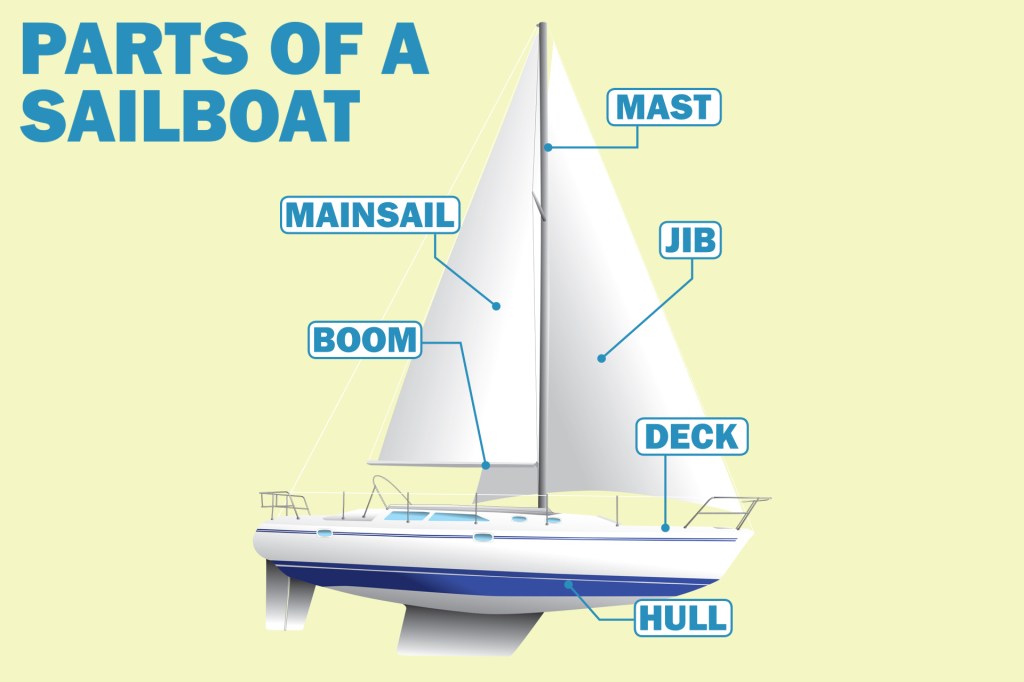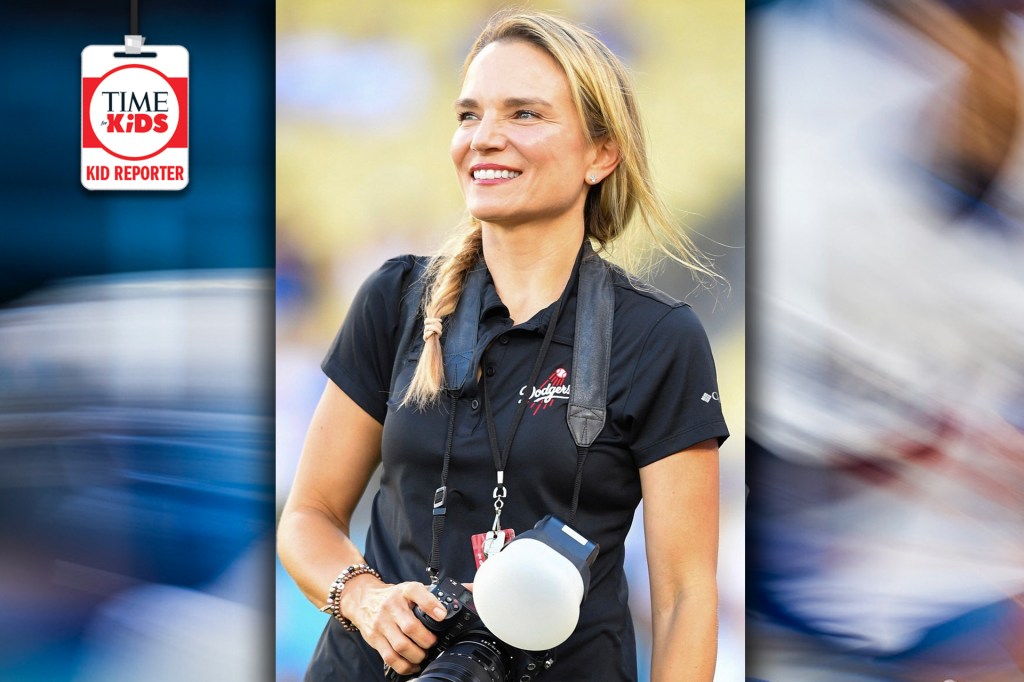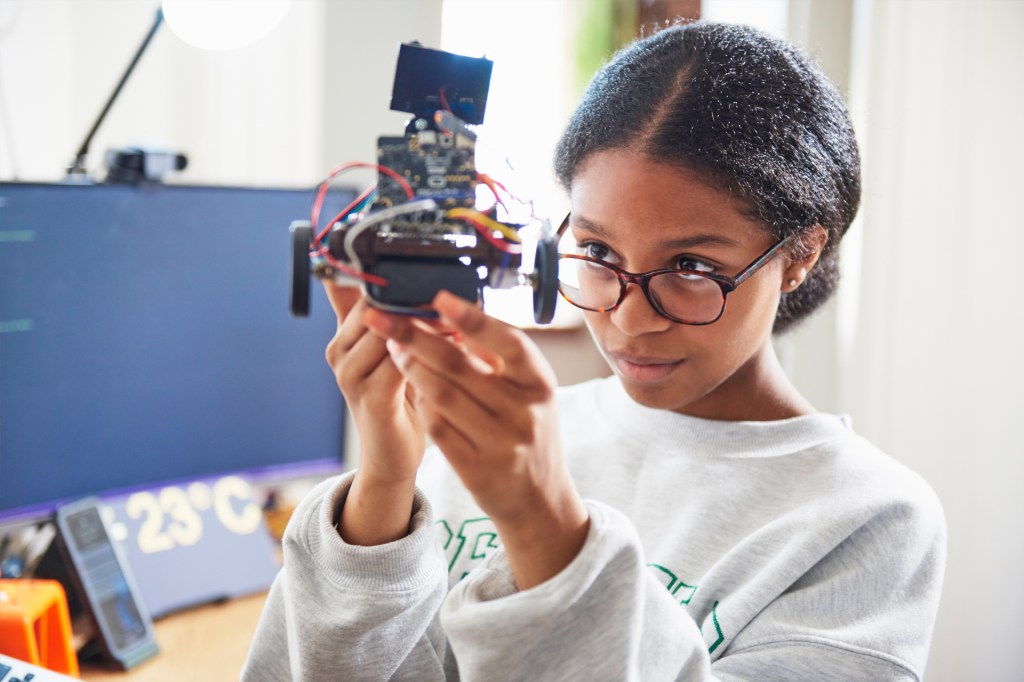Ready, Set, Sail!
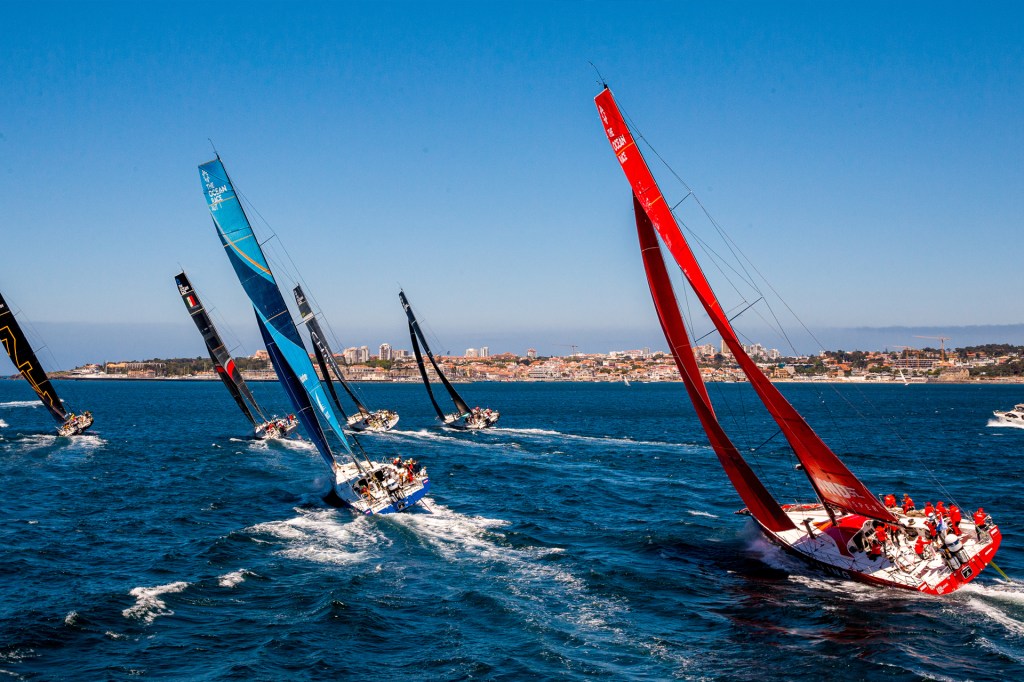
This spring, 12 sailing teams from around the world competed in the first-ever Ocean Race Europe. The race set off from Lorient, France, on May 29. Teams of six to 10 people spent 22 days sailing the Atlantic Ocean and the Mediterranean Sea to the finish line, in Genoa, Italy. That’s where the race ended, on June 19.
Two classes of speedy sailboats raced in the event: the IMOCA and the VO65. Offshore Team Germany won the IMOCA class race. And Portugal’s Mirpuri Foundation Racing Team won the VO65 class.
Annie Lush is a crew member of Offshore Team Germany. “It took a while to sink in that we had won!” she told TIME for Kids. This competition marks the first time that Germany has won an Ocean Race in 18 years. “It’s a big step for Germany,” Lush says. “And it’s great to see the excitement the race has generated.”
“The whole crew has been fantastic,” says Yoann Richomme, captain of Portugal’s winning team. “There’s a lot of talent in that crew, and we managed to use it as best as we could.”
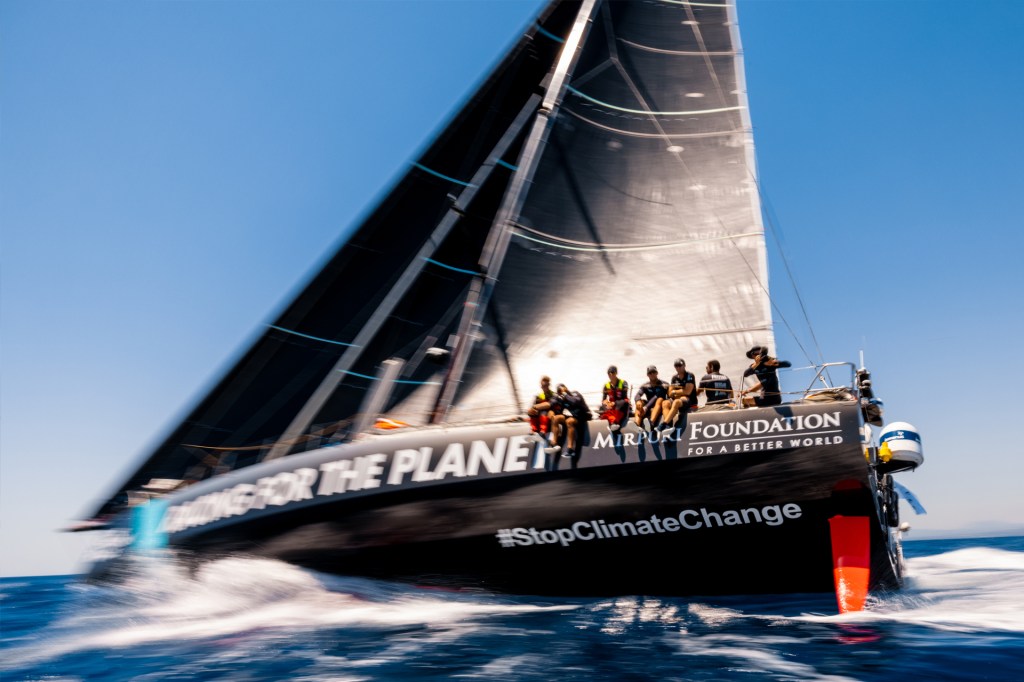
AT SEA Portugal’s Mirpuri Foundation Racing Team rides a VO65 boat. The team won that boat class.
SAILING ENERGY/THE OCEAN RACEInside the Race
The Ocean Race Europe is an offshoot of the Ocean Race, which goes around the world. The first Ocean Race was held in 1973 as the Whitbread Round the World Race. Since then, it has taken place every three or four years.
While the Ocean Race Europe covered less area than the round-the-world version, it presented plenty of challenges. Teams were on their boats for three straight weeks. “When you’re on board, all you do is race, eat, and sleep,” says Richard Brisius, chairman of the Ocean Race. “There is no Internet connection and there are no movies.” There isn’t even a fridge or a freezer inside the boat. These appliances weigh a boat down, and a heavier boat won’t sail as fast as a lighter one. So crew members rely on freeze-dried food for nourishment during the long race.
Brisius says that “as a crew member, you have to be very physically and mentally fit” to handle all the hurdles that come with competing.
The Ocean Race Europe has a larger purpose. It aims to raise awareness about ocean sustainability. During the race, free-floating drifter buoys collect scientific data from the salty waters. They measure surface temperature, ocean carbon dioxide levels, microplastics levels, and more.
The data is shared with scientists. It provides insight about how the ocean is affected by climate change. Scientists use the data to further understand and advocate for the world’s changing environment and seas.
“The ocean doesn’t have a voice of its own,” Brisius says. “So it’s our job to speak up for it.”
Parts of a Sailboat
A sailboat moves by using the power of the wind. Sailboats have many parts that work together to catch the wind and propel the boat forward. Take a look!
